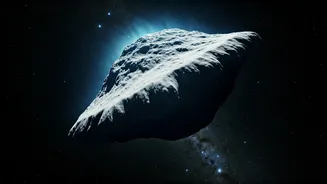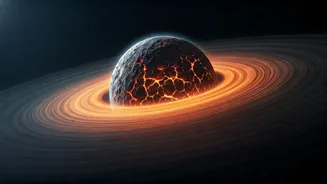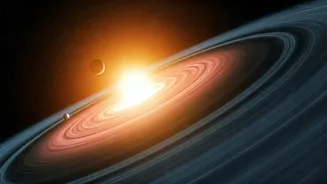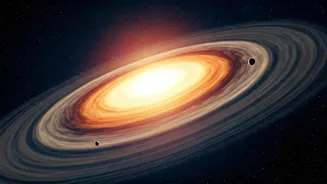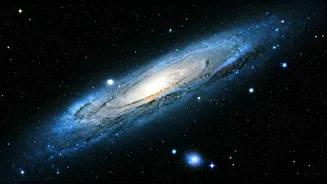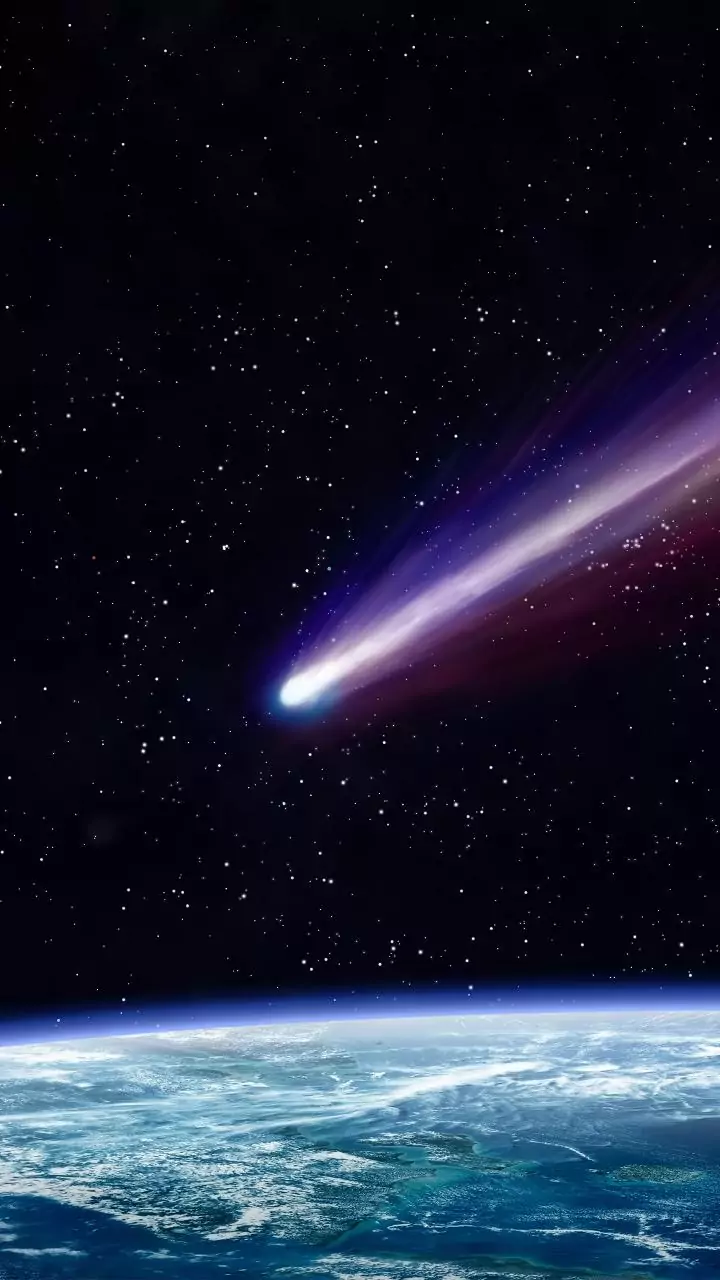Webb Telescope's Mission
The James Webb Space Telescope (JWST), a collaborative effort led by NASA, has fundamentally altered our understanding of the universe. Launched to succeed
the Hubble Space Telescope, JWST is equipped with significantly larger mirrors and enhanced infrared sensitivity, enabling it to peer deeper into space and time than ever before. Its primary mission involves exploring the formation of the first galaxies, studying the atmospheres of exoplanets, and observing the process of star formation. The telescope's capabilities allow it to detect the faint light from the earliest stars and galaxies, offering a glimpse into the universe's infancy. In the area of exoplanet research, JWST is designed to analyze the chemical composition of exoplanet atmospheres, potentially identifying biosignatures and determining whether these worlds could support life. With its advanced tools, JWST is not merely extending the reach of astronomical observation; it is also redefining the questions we can ask about the cosmos and its origins.
Mini-Neptune Worlds Explained
Mini-Neptunes are a specific type of exoplanet, a category of planets outside of our solar system, that are smaller than Neptune but larger than Earth. These planets often have a thick atmosphere that can obscure the characteristics of the rocky core beneath. The composition of their atmospheres and the conditions that affect them are of keen interest to astronomers. Studying mini-Neptunes offers insight into planetary evolution, because the conditions in their atmospheres may offer some clues about the formation of the planets themselves. JWST's advanced ability to examine infrared light has allowed for detailed analysis of these atmospheres, revealing information about the temperature, pressure, and the specific molecules present. The analysis gives scientists a chance to study these far off worlds in greater detail than ever before, which helps them gain more knowledge about the vast array of exoplanets.
Challenging Old Theories
JWST's observations of mini-Neptunes are challenging prevailing theories about how these planets form and evolve. Previously, models posited that these planets have atmospheres composed mainly of hydrogen and helium, remnants from the protoplanetary disk in which they formed. JWST's data, however, is revealing more complex atmospheric compositions, including the presence of water, methane, and other compounds. These findings suggest that the atmospheric processes and chemical reactions happening on mini-Neptunes are more dynamic and varied than previously thought. The new data is forcing scientists to refine their models of how planetary atmospheres are created and maintained. Moreover, the detailed spectral analysis provided by JWST is offering hints about the interactions between these planets and their host stars, which is helping researchers understand how stellar radiation impacts planetary atmospheres. Scientists are now re-evaluating long-held assumptions about the characteristics of these planets, leading to a more complete understanding of exoplanet environments.
Future Research Directions
The insights gained from JWST are just the beginning of a new era of exoplanet research. Scientists are eager to use the telescope to study a wider range of mini-Neptunes and other exoplanets to gather more comprehensive data on their atmospheres. Researchers are planning to correlate atmospheric data with other planetary properties such as size, mass, and distance from their stars. This comprehensive approach will offer a holistic understanding of exoplanet environments. One key area of focus involves understanding the atmospheric escape of light elements and the way it affects the evolution of the atmosphere. The findings will provide a critical piece of the puzzle about the formation and evolution of planetary systems. Furthermore, scientists are utilizing JWST to look for biosignatures or signs of biological activity on exoplanets. As JWST continues to gather data, it's expected to deliver a broader understanding of the diversity and potential habitability of planets beyond our solar system, providing invaluable data for future space exploration missions.



